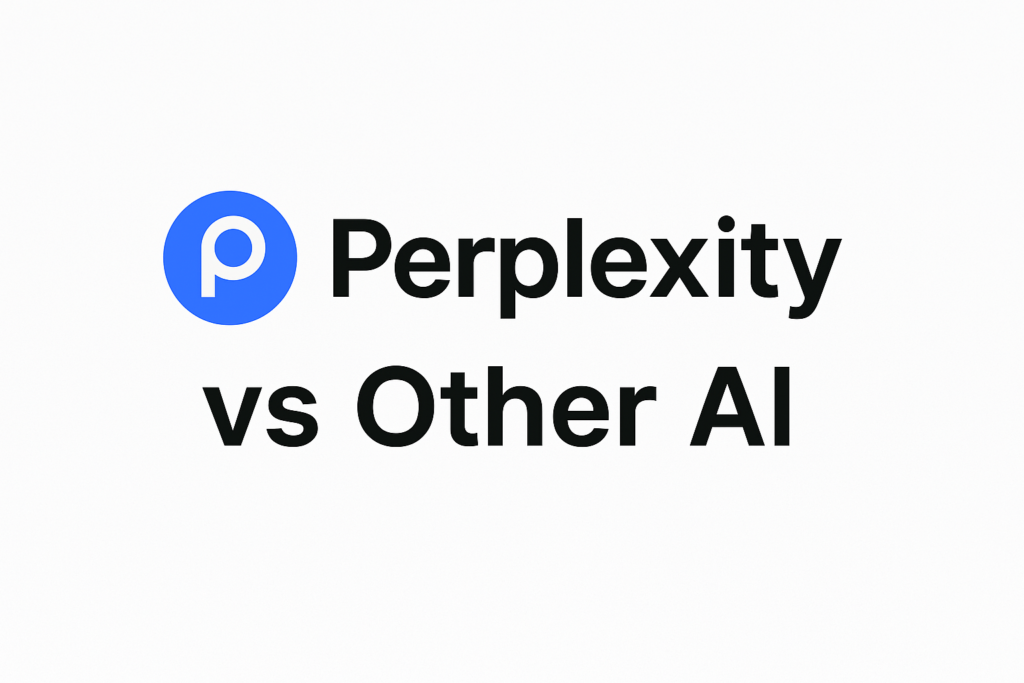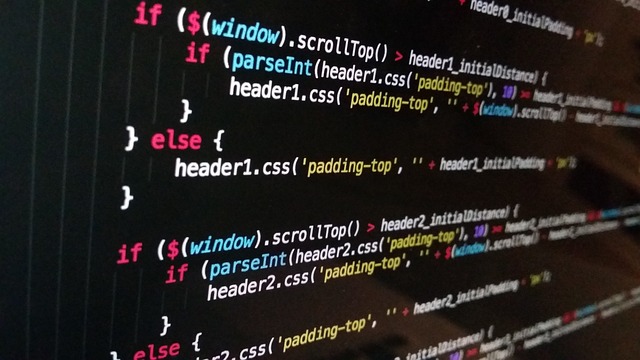In the rapidly evolving landscape of artificial intelligence, several chatbots have emerged as leaders in their respective domains. Perplexity AI, Claude, and Copilot are among the most notable, each offering unique strengths and capabilities. This article delves into a detailed comparison of these AI tools, exploring their features, use cases, and how they cater to different user needs.
Introduction to Perplexity AI, Claude, and Copilot
Perplexity AI
Perplexity AI is a cutting-edge conversational search engine that combines the functionalities of a traditional search engine with the conversational abilities of an AI assistant. It excels at providing detailed, contextually aware responses by searching the web in real-time and including citations to original sources. This makes it an invaluable tool for research, content creation, and fact-checking.
Claude
Claude is a generative AI platform developed by Anthropic, known for its advanced self-editing capabilities and fact-checking. It offers three core AI models—Haiku, Sonnet, and Opus—each designed for different tasks such as quick responses, long-form content generation, and complex analysis. Claude is particularly suitable for enterprises requiring deep technical analysis and accurate content creation.
Copilot
Copilot is a code completion tool integrated with popular code editors like Visual Studio Code. It focuses on providing real-time coding suggestions based on context, making it a powerful assistant for developers. While primarily designed for coding tasks, Copilot’s capabilities extend to automating business processes through its integration with Microsoft’s ecosystem.
Key Features and Use Cases
Perplexity AI
Perplexity AI is a sophisticated search engine that leverages large language models (LLMs) like GPT-3.5, GPT-4, and Claude 2 to provide comprehensive answers by compiling information from multiple sources across the web1. It offers several key features:
- Focus Feature: Allows users to specify which sources to search, such as Reddit, YouTube, or academic writing, ensuring more targeted results.
-
Real-Time Search and Citations: Perplexity AI stands out for its ability to search the web in real-time, providing answers with citations to original sources. This feature is invaluable for academic research, fact-checking, and content creation.
-
Multimodal Capabilities: Users can upload files like PDFs, CSVs, and images to analyze their contents using advanced AI models.
-
Multiple AI Models: Perplexity offers access to various AI models, including GPT-4 and Claude 3, allowing users to select the best model for their queries.
Claude
-
Advanced AI Models: Claude’s models, such as Haiku, Sonnet, and Opus, cater to different tasks, from quick responses to complex analysis.
-
Vision Analysis: Claude’s advanced computer vision system allows users to analyze images, extract text, and provide insights.
-
Team Collaboration: Claude offers robust team collaboration features, including a “Project” section for organizing previous chats.
Copilot
-
Real-Time Code Completion: Copilot excels at providing real-time coding suggestions, making it a must-have for developers.
-
Integration with Microsoft Ecosystem: Copilot seamlessly integrates with Microsoft tools like Dynamics 365 and Microsoft 365 apps, enhancing productivity across various business processes.
-
Autonomous Agents: Upcoming features include autonomous agents that automate business processes based on real-time events.
Comparison of Features and Use Cases
Features and use cases play distinct yet complementary roles in product development and decision-making. Features highlight the tangible attributes or functionalities of a product, such as a smartphone’s camera resolution or battery life. They are essential for showcasing what a product offers but do not inherently explain its value. On the other hand, use cases focus on how these features solve specific problems or improve user experiences. For instance, while a feature might be “water resistance,” the use case would describe how this enables users to take photos underwater or avoid damage from accidental spills. Together, features and use cases provide a holistic view of a product’s capabilities and its practical applications, helping users make informed decisions based on both technical specifications and real-world benefits.
Perplexity AI vs. Claude
-
Purpose: Perplexity AI is designed for research and information gathering, while Claude focuses on content generation and technical analysis.
-
AI Models: Both offer multiple AI models, but Perplexity allows users to switch between models like GPT-4 and Claude 3, whereas Claude uses its proprietary models.
-
Collaboration: Claude offers better team collaboration features compared to Perplexity.
Perplexity AI vs. Copilot
-
Functionality: Perplexity AI is a search-focused AI, whereas Copilot is primarily a coding assistant.
-
Integration: Copilot integrates well with Microsoft tools, while Perplexity’s integrations are more limited.
-
Use Cases: Perplexity is ideal for research and content creation, while Copilot is best for coding tasks.
Claude vs. Copilot
-
Purpose: Claude is geared towards content creation and technical analysis, whereas Copilot is focused on coding assistance.
-
Features: Claude offers advanced image analysis, while Copilot provides real-time code completion.
-
Integration: Copilot integrates with Microsoft tools, whereas Claude offers thousands of ready-made applications.
User Experience and Interface
Perplexity AI
Perplexity AI boasts a clean, intuitive interface that is easy to navigate. Users can seamlessly switch between AI models and conduct research with minimal technical expertise. However, its user interface is more geared towards research tasks rather than conversational interactions.
Claude
Claude’s interface is praised for its simplicity and ease of use, making it accessible to a wide range of users. The platform’s design supports both casual and advanced tasks, with features like the “Project” section enhancing team collaboration.
Copilot
Copilot’s integration with popular code editors provides a seamless user experience for developers. While not designed for conversational interactions, Copilot’s interface is intuitive for coding tasks, offering real-time suggestions and automating repetitive processes.
Security and Privacy
Perplexity AI
Perplexity AI has solid security measures on paper, but there have been concerns raised about potential security loopholes, particularly with uploaded images1. Users should exercise caution when handling sensitive information.
Claude
Claude’s security is rated as good but lacks full transparency regarding certain practices. This prevents it from receiving a higher security score.
Copilot
Copilot, being part of the Microsoft ecosystem, benefits from robust security protocols inherent in Microsoft’s products. However, specific details about Copilot’s security measures are not extensively documented.
Pricing Models
Perplexity AI
Perplexity offers a free version with limited features and a Pro subscription starting at $20 per month. The Pro plan unlocks access to advanced AI models and additional features like image generation capabilities.
Claude
Claude’s pricing starts at $20 per month per user, which may be out of reach for some users. However, it offers a comprehensive set of features suitable for enterprises.
Copilot
Copilot’s pricing is integrated into Microsoft’s subscription models. While specific pricing details for Copilot alone are not provided, it is generally included as part of broader Microsoft services.
Conclusion
Each AI tool—Perplexity AI, Claude, and Copilot—serves distinct purposes and offers unique strengths. Perplexity AI excels in research and information gathering, Claude is ideal for content creation and technical analysis, and Copilot is a powerhouse for coding assistance.
When choosing between these tools, consider your specific needs:
-
For detailed research and fact-checking, Perplexity AI is the best choice.
-
For conversational AI and content generation, Claude is more suitable.
-
For coding tasks and integration with Microsoft tools, Copilot is the way to go.






